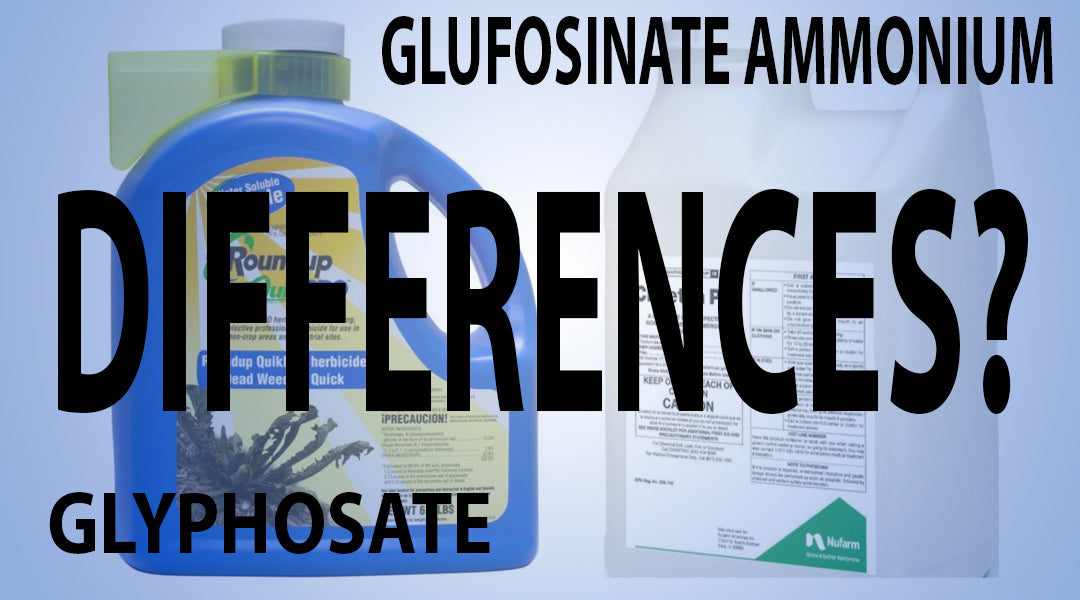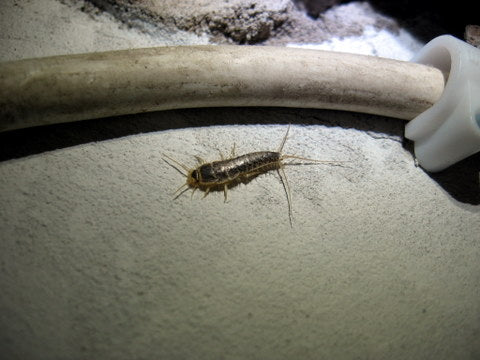1) Failing To Read The Label

2) Disrupting The Chemical Barrier

3) Herbicides Don't Cover a Broad Weed Spectrum

Try not to assume that herbicides cover any and all types of weeds, because they don't. Some herbicides are meant to take control of broadleaf weeds and not grasses. Examples of this type include formulations of simazine, oxyfluorfen and isoxaben. Other herbicides are effective on variety of grasses and small seeded broadleafs but lack the ability to destroy large seeded broadleafs.
Examples include dinitroaniline, metolachlor, napropamide and dichlobenil. Mixing one category of herbicides with another can help control both grasses and broadleafs. Then there are those herbicides that are simply not designed for controlling any type of common weed species. Using two or more herbicides in this case can prove beneficial. Granular herbicides typically contain two or more active ingredients that are effective on broad-spectrum control. Check the label to make sure you are using the right type of herbicide for the right kind of weeds.
4) Failing To Incorporate Herbicides With Irrigation

Novice field growers mostly use drip irrigation, with drip tapes placed underground. When this technique becomes inadequate, they simply switch to other form or micro-irrigation. Spray stakes and a few micro-irrigation techniques are still not enough to provide water for the entire surface of a container, so transition to a better irrigation system is absolutely essential here. Which one is a matter of trial and error or expert advice. So far, overhead irrigation and rain have been proven to be the gardener's best bet.
The rule of thumb is to incorporate irrigation within 3 weeks of herbicide application. This way the herbicides become effective and ready to fight against targeted weeds. The ideal irrigation source is rainfall, with a single rain event that provides complete coverage for the container. However, small rain events followed by dry spells result in herbicide binding tightly to the soil and not moving through it. The net effect is a thin chemical barrier just enough for the weeds to germinate. Once the weeds germinate, other weed control techniques may need to be deployed.
5) Over-watering Your Plants

For herbicides, watering is just as important, but over-watering is a big no no. The soil itself must be thoroughly wet, and the herbicides which it holds must be wet down to a certain depth. However, over-watering the soil will drastically reduce the efficacy of the herbicide. Although unclear, there are many theories that explain why over-watering prevents herbicides from performing their duties.
First and foremost, over-watering will leach the product from the soil surface and into the bottom of the container. Secondly, container becomes more wet due to over-watering which results in increased microbial activity in the soil, and therefore, rapid degradation of the herbicides.
Thirdly, excessive water dilutes herbicides and allow weeds, that would have otherwise be perished with a single application, to survive and even thrive. As the saying goes, "Everything that exceeds the bounds of moderation has an unstable foundation" holds true in this case.
6) Lowering Herbicide Rate

It is relatively simple to control weeds in your first attempt; it just takes a single application of recommended herbicide and applied as directed on the label. When soil has been treated with herbicides with an amount lower than the specified portion/rate, the chemical barrier disappears and weeds grow uncontrollably.
The degradation process starts soon and weeds germinate and grow successfully. It takes a considerable amount of time to restore the balance again, no matter whether you take the quick approach of adding more herbicides or gradual approach of starting the process all over again.
7) Failing To Use Proper Sanitation

If there is a neglect in following sanitation procedure during herbicide application, it will be difficult to solve the problem of weeds. However, good sanitation goes a long way to controlling weeds. By using herbicides as directed on the label, you will be able to obtain desired results within no time.
On the flip side, not following the rules will end in chemical barrier breaking down, becoming more dilute and giving way to gaps that the weeds take advantage of. Major weed issues usually require significant attention to sanitation as discussed in the above information. Additionally, properly stored herbicides retain their efficacy for years.
8) Topdressing Fertilizers

Topdressing is the surface application of fertilizer, herbicide or manure to the soil. It is a common practice for nursery growers. It is also a practice that has led to more weed growth, and therefore, poor weed control in container production.
With topdressed fertilizers, herbicides lose their potency, even if highest labeled rate of the product is applied and every precaution is in place. In fact, topdressing prevents most herbicides to stop working altogether. This is believed to be mostly due to increased microbial activity surrounding high concentration nitrogen present in the topdressed fertilizer. Additionally, there are evidences that suggest salinity in the fertilizer to be the cause of increased microbial degradation of herbicides.
Informed gardeners avoid topdressing fertilizers. They are not tempted by the prospect of growing crops at a faster rate but instead pay attention to controlling weeds. As inferred so far, it is more hard work but inexpensive this way.
9) Not Calibrating Your Herbicide Equipment

10) Applying Herbicides To Soil Or Containers Containing Weeds

As noted in the above information, herbicides are not designed for preventing weeds that are already present in the soil or container. Such weeds must be eliminated by hands or other means. Herbicides meant for nursery crops, therefore, will not kill existing weeds but instead inhibit root growth. Weeds that contain deep roots, however, are hard to eliminate with herbicides.
Last but not least, experienced gardeners are reluctant and cautious users of herbicides for their gardens, nurseries and fields. They follow all the specific guidelines and information about herbicides for various situations. More importantly, they are firm believers of using the least-toxic product for their crops yet effective ones for controlling weeds.
After all, the reality is that if something is toxic to a certain living organism, it has the potential to be dangerous to its surroundings. However, experienced gardeners use only those herbicides they have experience with. They have researched those products and used them judiciously before. All because there are times when the use of such products seem to make sense.






Leave a comment (all fields required)